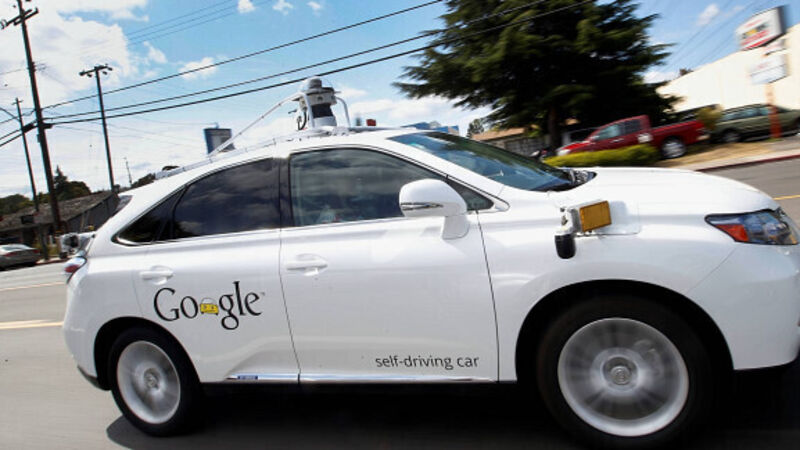Google targets huge population of over 70s in America for self-drive cars

After her painting of a guitar player won a Google contest, she became the oldest person yet to ride in a model with the company’s autonomous technology.
“You haven’t lived until you get in one of those cars,” the Austin, Texas, resident said of her half-hour excursion.













